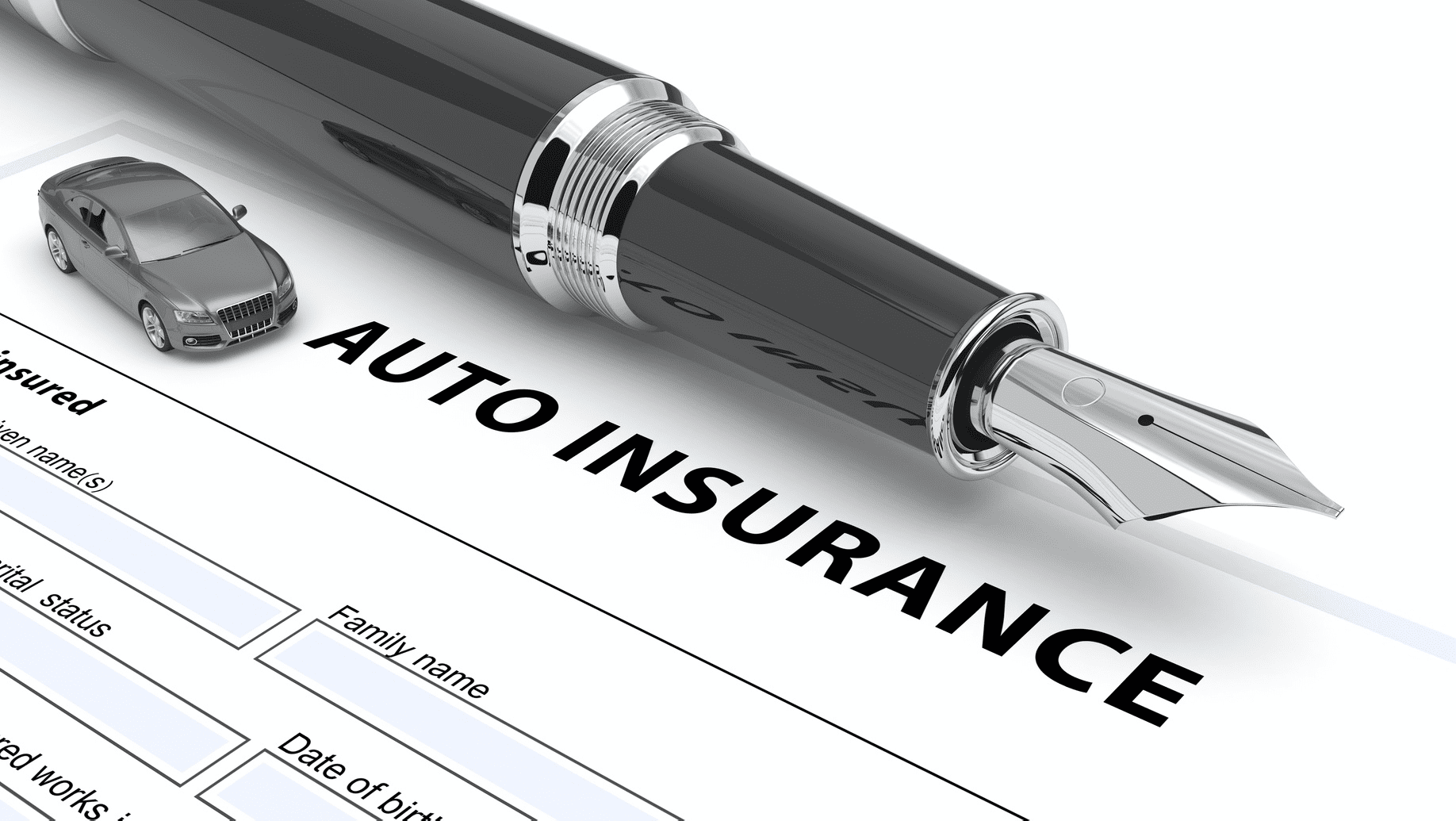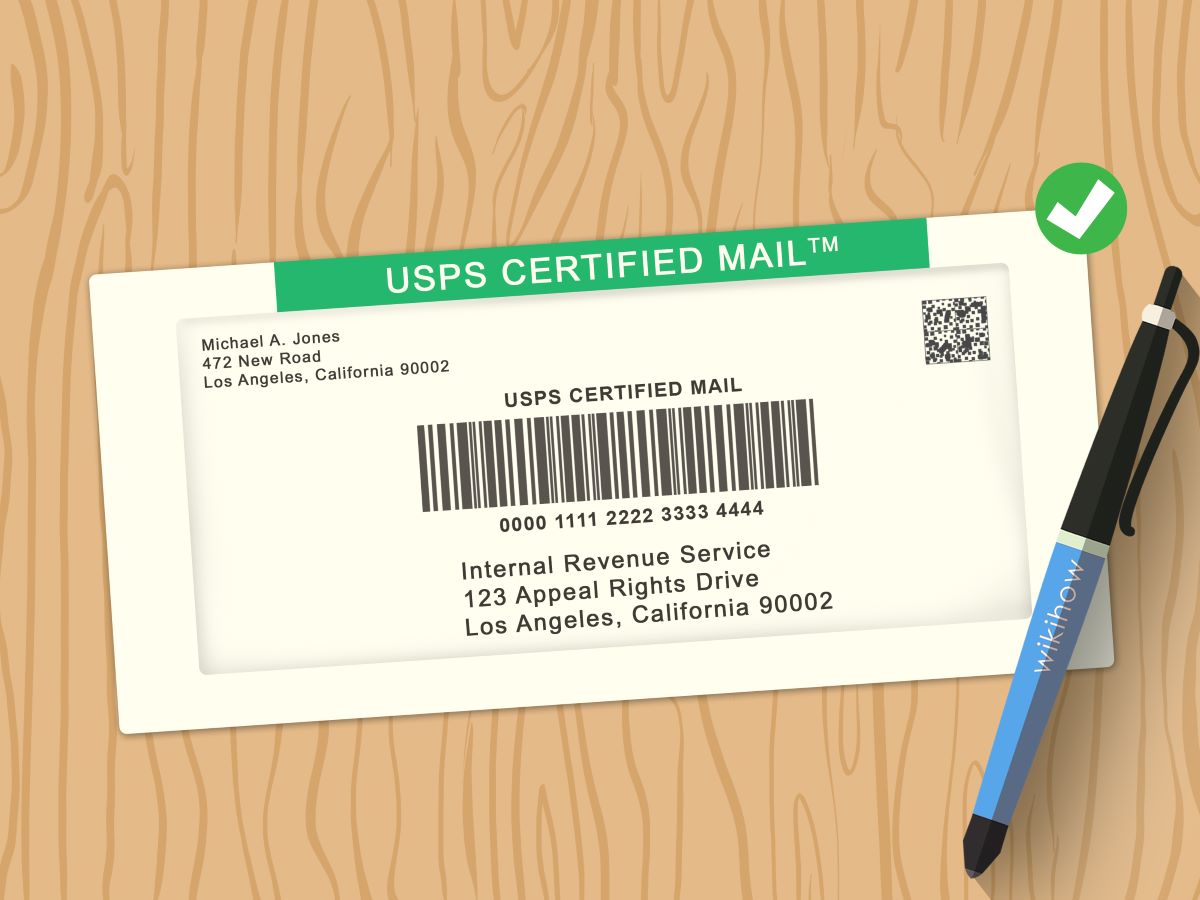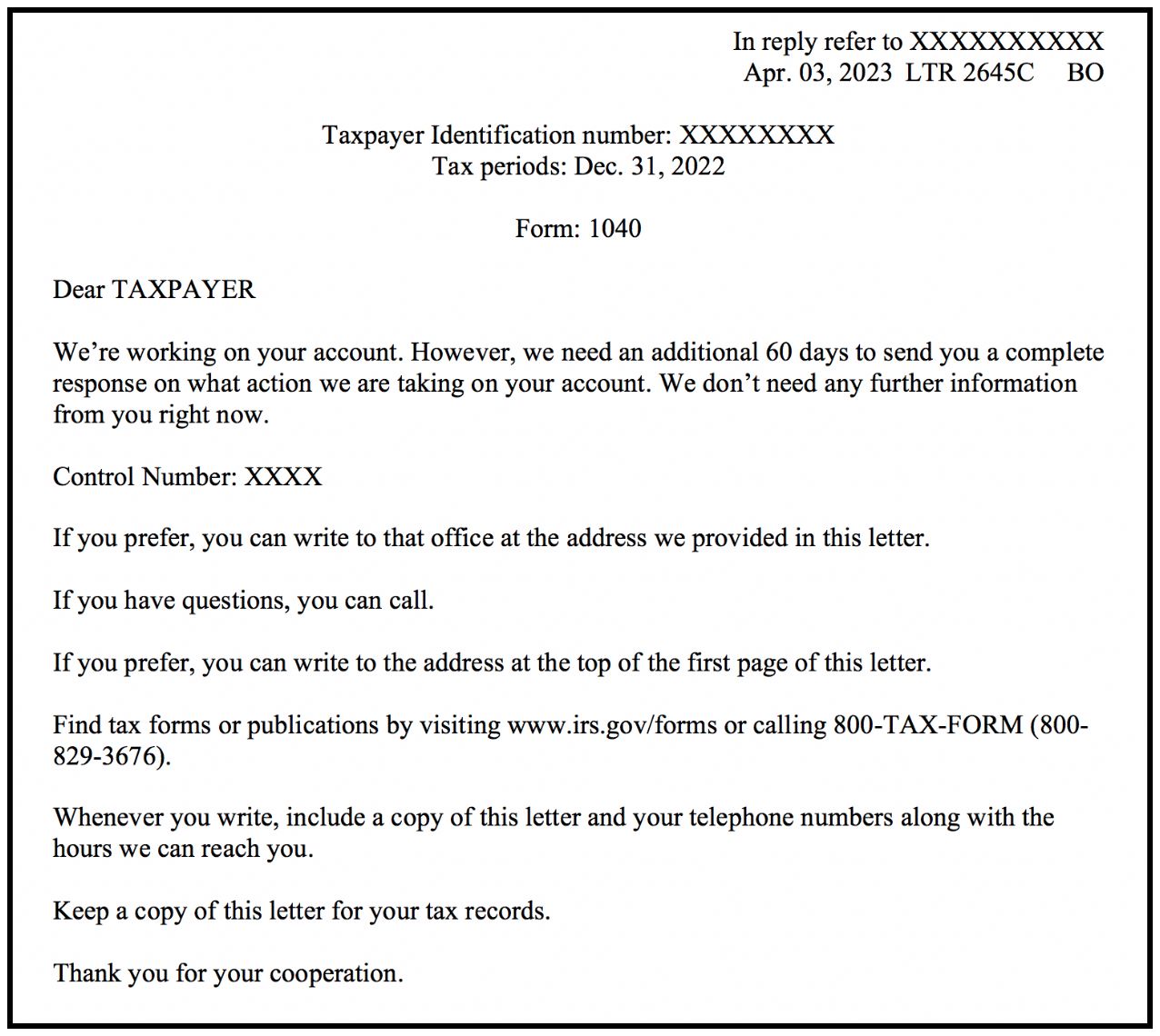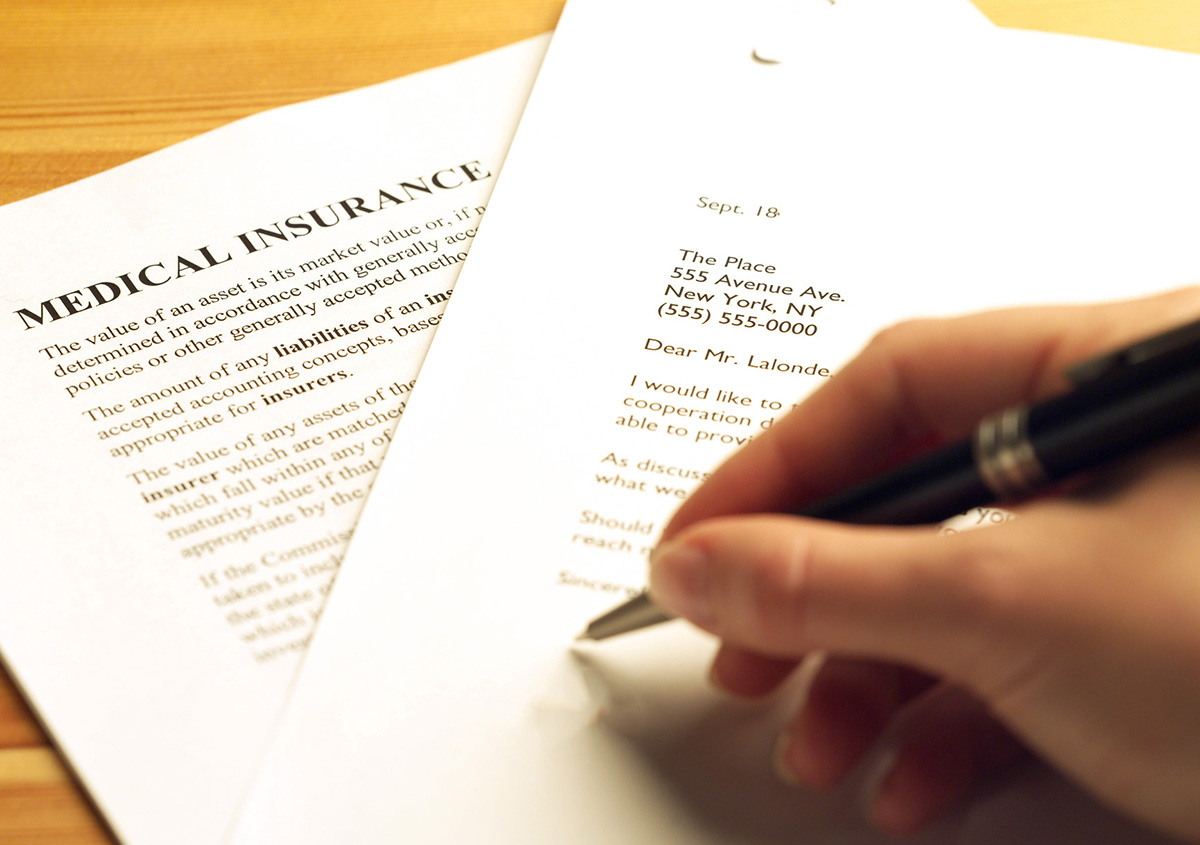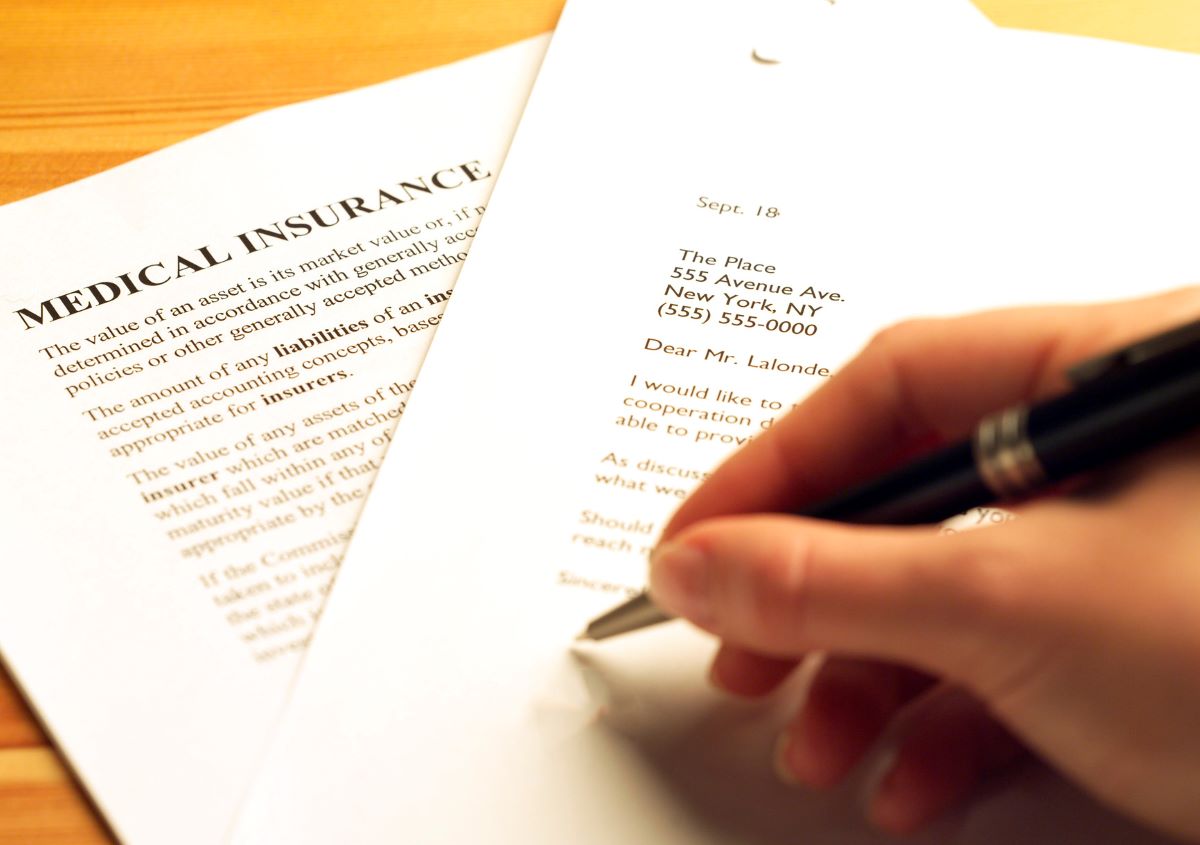

Finance
How To Write A Letter To An Insurance Company
Published: November 15, 2023
Learn how to write an effective letter to an insurance company regarding your financial matters. Improve your chances of getting the support you need.
(Many of the links in this article redirect to a specific reviewed product. Your purchase of these products through affiliate links helps to generate commission for LiveWell, at no extra cost. Learn more)
Table of Contents
Introduction
When it comes to dealing with insurance matters, there may be instances where you need to communicate with an insurance company through a formal letter. Whether you are filing a claim, disputing a decision, or simply seeking information, knowing how to write an effective letter to an insurance company is crucial. A well-crafted letter can help you express your thoughts clearly and increase the chances of obtaining a favorable response.
In this guide, we will walk you through the steps of writing a letter to an insurance company. From gathering the necessary information to addressing the letter and stating your purpose, we will cover all the essential aspects to ensure that your message is conveyed effectively. Additionally, we will provide some tips on how to format your letter and conclude it professionally.
It is important to note that while this guide will provide you with a basic framework, the specific requirements and guidelines may vary depending on the insurance company and the nature of your inquiry. Therefore, it is always wise to review the insurance company’s website or contact their customer service for any specific instructions.
Now, let’s dive into the steps involved in writing a letter to an insurance company that will get your message across in a clear and concise manner.
Step 1: Gather Information
Before you start writing your letter, it is crucial to gather all the necessary information related to the matter at hand. This will help you provide accurate and specific details in your letter, increasing the chances of a prompt and favorable response from the insurance company.
Firstly, make sure you have the policy number or any other identification numbers associated with your insurance policy. This information is usually found on your insurance card or policy documents. Including these details in your letter will help the insurance company quickly locate your account and better assist you.
Next, gather any relevant documentation or evidence that supports your case. This could include photos, videos, invoices, medical records, police reports, or any other supporting documents that provide proof or clarification regarding the issue or claim you are addressing.
Additionally, it is important to gather any communication records between you and the insurance company. This includes any previous letters, emails, or phone conversations. Having a record of your previous interactions will allow you to reference them in your letter and provide additional context or follow-up on any unresolved issues.
Furthermore, familiarize yourself with your insurance policy and its terms and conditions. Understanding the coverage limits, deductibles, and exclusions mentioned in the policy will help you frame your letter more effectively and provide accurate information about your claim or inquiry.
Lastly, if applicable, research any applicable state laws or regulations that pertain to your situation. This will help you ensure that your letter aligns with any legal requirements and strengthens your case.
By gathering all the relevant information before you start writing your letter, you will be well-prepared to provide accurate and compelling details, supporting your case and increasing the chances of a favorable outcome from the insurance company.
Step 2: Format the Letter
Formatting your letter appropriately is essential for presenting a professional and organized document. Follow these guidelines to ensure that your letter is visually appealing and easy to read:
- Use a professional business letter format: Start your letter with your contact information, including your name, address, phone number, and email address, followed by the date. Then, include the recipient’s contact information, such as the name of the insurance company, their address, and any specific department or individual’s name if applicable.
- Include a clear and concise subject line: Begin your letter with a subject line that briefly summarizes the purpose of your letter. For example, “Claim Dispute: Policy Number XYZ123” or “Inquiry Regarding Coverage: Policy Number XYZ123.”
- Use a professional tone: Maintain a respectful and professional tone throughout your letter. Avoid using aggressive or confrontational language, as it may hinder the chances of a favorable response.
- Organize your letter into paragraphs: Use paragraphs to break down your letter into distinct sections. Each paragraph should focus on a specific point or aspect of your message. This helps in maintaining clarity and making your letter easier to read.
- Use clear and concise language: Be clear and direct in your writing. Use simple and concise language to convey your message effectively. Avoid using jargon or technical terms that may confuse the reader.
- Use bullet points or numbered lists when appropriate: If you need to present a list of items or key points, consider using bullet points or numbered lists. This helps in organizing information and making it more visually appealing.
- Keep the letter to one page if possible: While it’s important to provide all the necessary information, try to keep your letter concise and focused. A one-page letter is generally preferred as it is easier for the recipient to read and respond to.
- End the letter with a professional closing: Once you have conveyed your message, end your letter with a professional closing, such as “Sincerely” or “Best regards,” followed by your name, typed out.
By following these formatting guidelines, you will ensure that your letter is well-structured, visually pleasing, and presents your message in a professional manner, increasing the likelihood of a positive response from the insurance company.
Step 3: Address the Letter
Addressing your letter correctly is essential to ensure that it reaches the intended recipient within the insurance company. Here are some key points to consider when addressing your letter:
- Research the correct mailing address: Take the time to research and locate the correct mailing address for the insurance company. This information is usually available on their website or in their official correspondence. Make sure to address the letter to the appropriate department or individual if specified.
- Use the proper salutation: Start your letter with a formal salutation addressing the recipient. If you have a specific contact name, it is recommended to address them directly, such as “Dear Mr. Smith” or “Dear Ms. Johnson.” If you do not have a specific contact name, you can use a general salutation such as “To whom it may concern” or “Dear Insurance Department.”
- Double-check the spelling of names: Ensure that you spell the recipient’s name correctly. Misspelling the name can create a negative impression or even result in your letter being redirected incorrectly. Pay attention to any capitalization or punctuation in the name as well.
- Include your contact information: Beneath your name or at the end of the letter, include your contact information. This may include your address, phone number, and email address. Providing your contact information allows the insurance company to easily follow up with you if needed.
By addressing your letter accurately and professionally, you demonstrate attention to detail and respect for the insurance company. This increases the likelihood of your letter being directed to the appropriate department or individual, improving the overall effectiveness of your communication.
Step 4: Write the Salutation
The salutation is the opening greeting of your letter and sets the tone for your communication with the insurance company. When writing the salutation, keep the following points in mind:
- Use a formal greeting: It is important to maintain a professional tone in your salutation. Use formal greetings such as “Dear Mr.,” “Dear Ms.,” or “Dear [Insurance Company Name]”. This shows respect and establishes a professional rapport.
- Address individuals by their last name: If you have a specific contact person within the insurance company, address them by their last name, followed by a comma. For example, “Dear Mr. Smith,” or “Dear Ms. Johnson,”. This helps to create a personal connection and indicates that you have taken the time to research and identify them.
- Use a general salutation if you don’t have a specific name: If you don’t have a specific contact person’s name, you can use a general salutation such as “To whom it may concern,” or “Dear [Insurance Company Name]”. While this may be less personal, it is still a polite and appropriate way to address your letter.
- Avoid informal or casual language: It is important to maintain a formal and respectful tone throughout your letter, including the salutation. Avoid using casual or informal language, such as “Hi” or “Hello”. Stick to formal greetings that convey professionalism.
- Double-check spelling and titles: Ensure that you spell the recipient’s name and any titles correctly. Mistakes in the salutation can create a negative impression and undermine the professionalism of your letter. Take the time to double-check the spelling and use proper titles.
By carefully crafting your salutation with a formal and respectful tone, you set a positive tone for your letter and establish a professional connection with the insurance company. This attention to detail will help to create a favorable impression and increase the likelihood of a positive response to your letter.
Step 5: State the Purpose of the Letter
Clearly stating the purpose of your letter is crucial to ensure that the insurance company understands the reason for your communication. When stating the purpose, follow these key guidelines:
- Be concise and specific: Clearly and succinctly state the main purpose of your letter in a single sentence or a short paragraph. Avoid lengthy explanations or unnecessary details in this section.
- Use a clear and descriptive subject line: Ensure that your subject line accurately reflects the main purpose of your letter. This will give the reader an immediate understanding of the topic and help them prioritize and route your letter appropriately.
- Provide any necessary context or background information: Depending on the nature of your letter, you may need to provide some context or background information to help the insurance company understand the situation. However, be selective and focus on essential details that directly relate to your purpose.
- Highlight any important deadlines or time-sensitive issues: If your letter involves a time-sensitive matter, such as a claim deadline or a request for urgent action, make sure to clearly state this in your letter. Emphasize the importance of addressing the matter promptly to encourage a swift response.
- Use a confident and assertive tone: Clearly state your purpose with confidence and assertiveness. This helps convey the seriousness of your request or the importance of the issue you are addressing.
By stating the purpose of your letter clearly and concisely, you help the insurance company quickly understand the main focus of your communication. This increases the chances of your letter being addressed promptly and effectively, bringing you closer to the desired resolution or response.
Step 6: Provide Supporting Details
Providing supporting details in your letter is essential to back up your claims, provide relevant information, and ensure that the insurance company has all the necessary information to address your concerns or inquiries. Here’s how to effectively include supporting details:
- Present evidence or documentation: Include any relevant documents, such as receipts, invoices, photographs, or medical records, to support your case or claim. Make sure to organize and label these documents clearly.
- Reference previous communication: If you have previously communicated with the insurance company regarding the matter at hand, reference these interactions. This could include mentioning specific dates, individuals spoken to, or previous correspondence, reinforcing the importance of your claim or inquiry.
- Provide specific details: Include specific details related to your situation. This may involve dates, times, locations, policy numbers, or any other relevant information that can help the insurance company to identify and address your concerns more effectively.
- Include relevant facts and figures: If applicable, include any statistical data, market trends, or industry figures that support your argument or request. Providing objective data can strengthen your case and lend credibility to your claims.
- Present a clear timeline of events: If your letter pertains to a chronology of events, provide a concise and organized timeline outlining key events and their sequence. This helps the insurance company understand the context and progression of the situation.
- Be concise and focused: While it is important to include supporting details, avoid overwhelming the reader with excessive information. Choose the most relevant and impactful details, ensuring that they directly relate to the purpose of your letter.
By providing supporting details in a clear and organized manner, you provide the insurance company with the necessary evidence and information to understand your situation fully. This strengthens your position and increases the likelihood of a satisfactory resolution or response.
Step 7: Request Action or Solution
Requesting a specific action or solution is a crucial part of your letter, as it clearly communicates your desired outcome to the insurance company. Here’s how to effectively request action or a solution:
- Be clear and direct: Clearly state the specific action or solution you are seeking from the insurance company. Whether it is a claim settlement, policy adjustment, clarification, or any other resolution, clearly outline what you expect them to do.
- Use a polite and respectful tone: While you should be direct in your request, it is important to maintain a polite and respectful tone throughout your letter. Avoid using aggressive or demanding language, as it may negatively impact the response you receive.
- Provide a deadline if applicable: If there is a time-sensitive matter or important deadline associated with your request, clearly mention it in your letter. This helps convey the urgency and ensures that the insurance company understands the need for a prompt response.
- Offer suggestions, if appropriate: In some cases, you may have possible solutions or suggestions that can help resolve the issue at hand. If applicable, offer your suggestions or ideas in a constructive manner. This shows your willingness to collaborate and find a mutually beneficial resolution.
- Request confirmation or follow-up: If you would like confirmation of receipt or a follow-up regarding the status of your request, make sure to include this in your letter. Providing your contact information again can encourage the insurance company to reach out to you for further communication.
- Summarize your request: Towards the end of the letter, summarize your request in a concise and clear manner. Restate the specific action or solution you are seeking, reinforcing the main point of your letter.
By clearly and respectfully requesting the desired action or solution, you ensure that the insurance company understands your expectations and can respond accordingly. Remember to maintain a professional tone and provide any necessary details to support your request.
Step 8: Conclude the Letter
Concluding your letter effectively ensures that you leave a positive and professional impression on the insurance company. Here are some key points to consider when concluding your letter:
- Summarize the main points: Briefly summarize the main points you have discussed in your letter. This helps reinforce the purpose of your communication and provides a quick recap for the reader.
- Express gratitude: Show appreciation for the insurance company’s attention and consideration of your matter. A simple and sincere expression of gratitude can go a long way in fostering a positive relationship with the company.
- Request a timely response: Clearly state your expectation of a timely response from the insurance company. Indicate that you look forward to their prompt attention and resolution of the matter.
- Offer further assistance: If applicable, express your willingness to provide any additional information or clarification if needed. This shows your cooperation and willingness to work with the insurance company towards a resolution.
- End with a professional closing: Choose a formal closing, such as “Sincerely,” “Best regards,” or “Yours faithfully.” Sign your name legibly beneath the closing.
- Include your contact information: As a final reminder, include your contact information, such as your phone number and email address, so that the insurance company can easily reach you if necessary.
By concluding your letter in a professional and courteous manner, you leave a positive final impression and demonstrate your commitment to resolving the matter at hand. Remember to proofread your letter before sending it to ensure accuracy and clarity.
Step 9: Proofread and Edit
Proofreading and editing your letter is a crucial step to ensure that it is error-free, clear, and effective. Follow these steps to thoroughly review your letter before sending it to the insurance company:
- Check for spelling and grammar errors: Carefully go through your letter to identify any spelling or grammar mistakes. Use spelling and grammar tools or consider seeking assistance from a proofreader if needed.
- Review sentence structure and clarity: Read each sentence to ensure that it is clear and concise. Avoid long and complex sentences that may confuse the reader. Break up lengthy paragraphs or sentences if necessary.
- Ensure coherence and logical flow: Check that your letter flows logically and coherently from one point to another. Make sure that the information is presented in a well-organized manner and that there are clear transitions between paragraphs.
- Double-check factual information: Verify that all the information provided in your letter, such as policy numbers, dates, and names, is accurate. Inaccurate information can lead to misunderstandings or delays in processing your request.
- Read aloud and listen for clarity: Reading your letter aloud can help you identify awkward phrasings or areas that may need improvement. Listening to the letter can also help you ensure that it sounds natural and cohesive.
- Get a second opinion: Ask a trusted friend or colleague to review your letter. They may be able to spot errors, provide valuable suggestions, or offer a fresh perspective on the content.
- Double-check the formatting: Ensure that your letter is formatted correctly, with proper headings, paragraphs, and spacing. Consider using bullet points or numbered lists where appropriate to enhance readability.
Taking the time to thoroughly proofread and edit your letter demonstrates your attention to detail and professionalism. It helps you present a polished and error-free document to the insurance company, increasing the likelihood of a positive response.
Conclusion
Writing a letter to an insurance company may seem daunting, but by following these steps, you can effectively communicate your concerns, claims, or inquiries. Remember, each letter should be unique and tailored to your specific situation. Here’s a summary of the steps we’ve covered:
- Gather all relevant information that pertains to your issue.
- Format your letter following a professional business letter format.
- Address the letter correctly, using the appropriate salutation.
- Clearly state the purpose of your letter.
- Provide supporting details, evidence, and documentation to reinforce your case.
- Request specific action or a solution from the insurance company.
- Conclude the letter with a concise summary and a polite closing.
- Thoroughly proofread and edit your letter to ensure clarity and accuracy.
By following these steps, you can write a letter that effectively communicates your message, increases the likelihood of a prompt response from the insurance company, and helps you achieve your desired outcome.
Remember, maintaining a professional and respectful tone throughout your letter is essential. Be clear, concise, and provide all the necessary details to support your case or request. Pay attention to formatting, grammar, and spelling to present a polished and error-free letter.
Lastly, if you don’t receive a response within a reasonable timeframe, consider following up with the insurance company through alternative means, such as a phone call or email. Persistence and effective communication are key to ensuring that your concerns are addressed and resolved.
Writing a letter to an insurance company allows you to express yourself in a formal and structured manner. It provides a documented record of your communication and can be a valuable tool in resolving issues and obtaining the desired outcome. Use this guide as a resource to write persuasive and effective letters that will help you navigate the insurance process with confidence.

